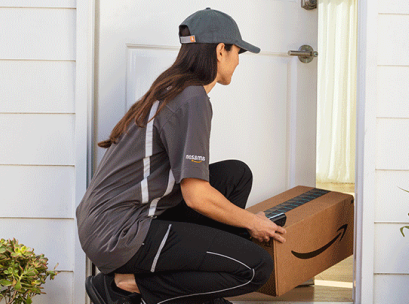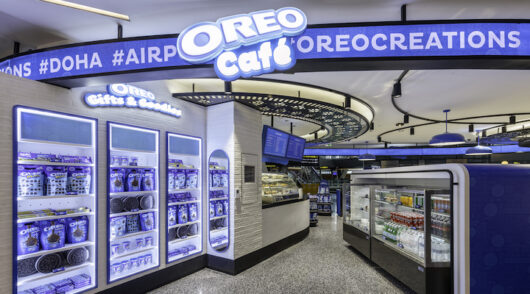 Department stores, traditional clothing and footwear retailers should follow the lead of online pureplay retailers and look into delivery saver schemes to encourage their customers to shop more frequently, according to data and analytics company GlobalData.
Department stores, traditional clothing and footwear retailers should follow the lead of online pureplay retailers and look into delivery saver schemes to encourage their customers to shop more frequently, according to data and analytics company GlobalData.
GlobalData’s latest report, “Delivery Saver Schemes in the UK – 2017”, reveals that one in every five online shoppers in the UK is signed up to a delivery scheme, with Amazon Prime leading the way, but fellow pureplays ASOS and boohoo.com have also captured customer spend with delivery schemes.
About 22.2 per cent of online shoppers are subscribed to a non-food delivery saver scheme and 29.0 per cent are subscribed to a food and grocery delivery saver scheme, with Amazon Prime and the Tesco delivery saver being the most popular schemes offered by non-food and food and grocery retailers, the report shows.
When online shoppers were asked which retailers they would like to introduce a delivery saver scheme, the top five retailers chosen were Argos, Marks & Spencer, John Lewis, Boots and Debenhams. These retailers, according to GlobalData, all have a wide product offer and a core, loyal customer base that shops frequently and therefore should be looking to trial and invest in delivery saver schemes to avoid losing market share to retailers such as Amazon.
“As department stores and leading clothing & footwear retailers in particular have such a wide range of products available online, a delivery saver scheme can offer consumers value for money as after a few orders, subscribers have effectively made their money back on the equivalent cost of deliveries,” said Charlotte Pearce, Retail analyst at GlobalData.
Investing in this kind of scheme for retailers like John Lewis, Marks & Spencer or Debenhams could bring some real benefits by encouraging subscribers to return to the retailer they are signed up to as their first port of call for purchases across different sectors, which will drive customer loyalty and spend per head with the retailer, according to GlobalData.
“Retailers considering a scheme must trial this with a select shopper base to gage customer reaction, uptake and order frequency before rolling this out on a wider scale,” said Pearce. “This way, retailers can weigh up whether the investment would be worthwhile and understand its long-term profitability.”
One in five UK online shoppers is signed up to a delivery scheme, and this is set to increase as retailers like Next and New Look continue to build their delivery schemes subscriber base through continued marketing support.
Pearce said as other retailers start to trial and invest in these schemes, they expect to see a much higher uptake.
“These schemes offer retailers a way to harness shopper loyalty and drive online sales to protect market shares in a challenging retail environment. This is important as limited growth is expected from physical stores but the online channel provides a beacon of hope for retailers with online sales forecast to grow by £17.7bn to 2022.”
As online sales continue to grow, far outpacing physical retail growth to 2022, retailers must invest in delivery saver schemes to capture shopper spend, according to GlobalData
Pearce said at a time where a number of retailers in the UK are struggling to maintain healthy store sales but online sales continue to increase, delivery saver schemes allow retailers to capitalise on online growth and increase shopper loyalty.
“The benefits of these schemes are clear – they encourage subscribers to shop more frequently with the retailer, resulting in higher annual spend, thus leading to growth in online sales,” she said.





